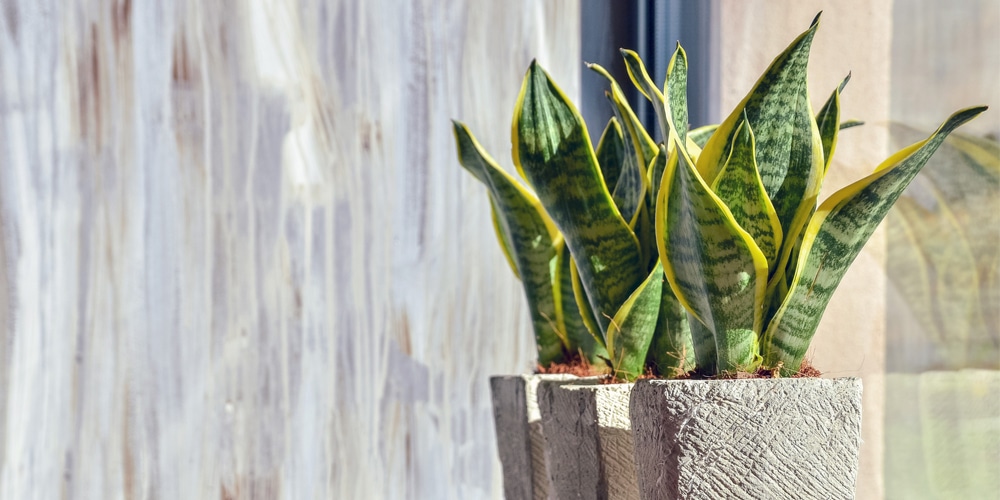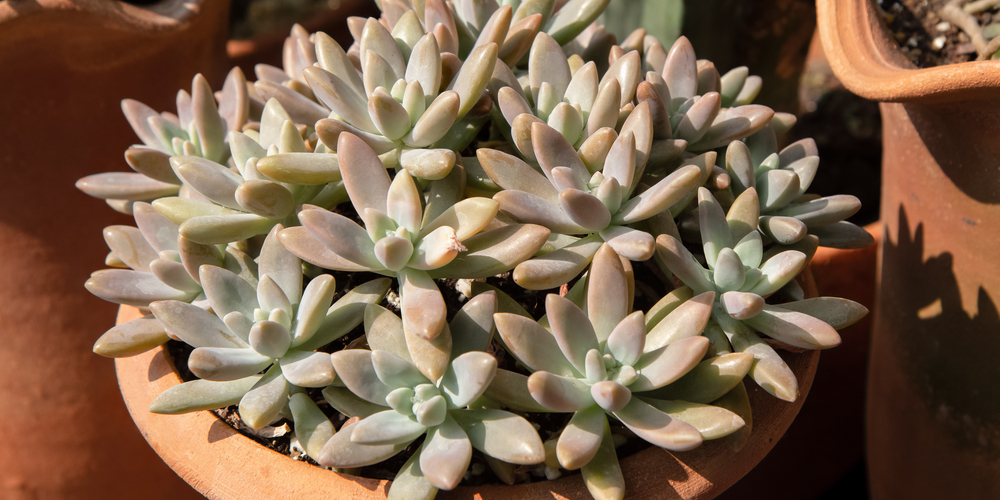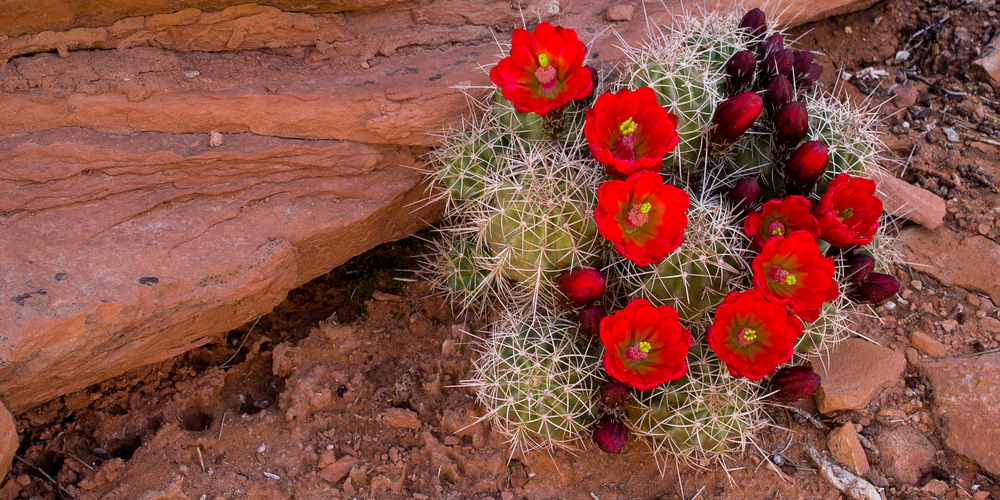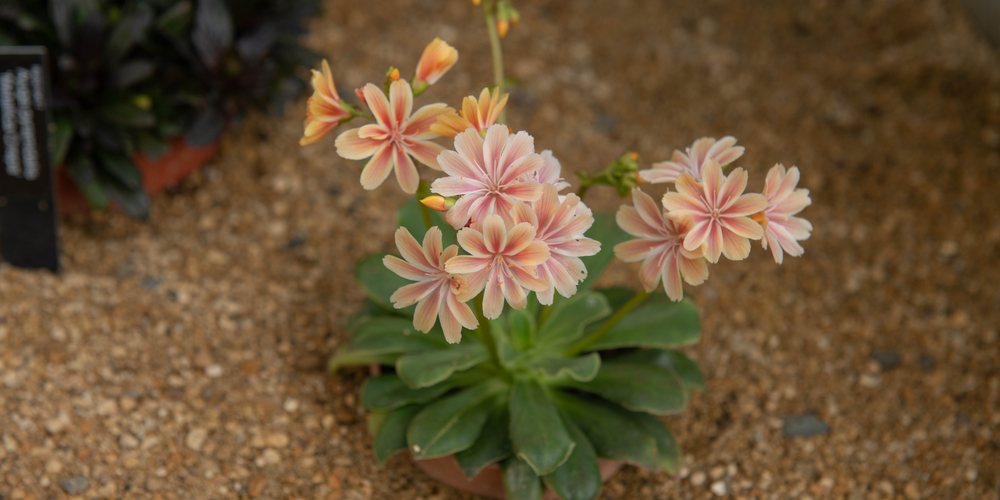Succulents are excellent plants to add density and texture to your garden. However, they are more suitable to warm regions, where temperatures rarely drop below 20F. USDA hardiness zone is a perfect place to grow most plants. The mild winters and warm summers provide most plants with the conditions to thrive. But what about succulents? Can you have these versatile plants in this hardiness zone? We put together this “Zone 8 Succulents” essential guide to help you find out.
While you can place succulents indoors in most areas, what about planting them outdoors? The good news is that if you love succulents, you won’t have problems growing them in zone 8. Of course, the trick is for you to choose varieties that will survive the minimum temperatures of 10 to 15F. Luckily, frost is not frequent in this area, meaning you have several options at your disposal.
Succulent Varieties that do great in zone 8
Sempervivum

Sempervivum is a low-maintenance succulent that tolerates most conditions, including zone 8’s winters. Plant them in sandy and well-draining soils for best results. If you prefer placing these plants in a container, make sure the pot has drainage holes.
Don’t fall into the trap of overwatering your succulents: only add water when the ground is dry. Feel it with your hands to make sure you don’t mess up. With sempervivum (as with any other type of succulent), it is best to water less than more. Reduce watering frequency in the winter to prevent your plants from rotting.
Sempervivum produces charming flowers and multiplies fast under optimal conditions. You can grow it with no problems in zone 8: they will thrive in high and low temperatures alike.
Ice Plant
Ice plant is a lovely succulent that can help you fill any corner of your garden. This plant grows well in zone 8 and is relatively easy to grow. It produces flowers that resemble daisies with an icy-finishing that gives the plant its name. Ice plant is cold-hardy but does equally well in hot temperatures, making it perfect for zone 8 gardens.
The plant will bloom during summer and fall. Its foliage is evergreen and makes for an attractive ground cover. Ice plants do well in various soil conditions, including poor ones. However, they do not do well in wet situations. Make sure you don’t overwater your plants to keep them healthy.
Sedum
Sedum is another choice suitable for zone 8. You can find this succulent in two forms: creeping and clumping. Creeping types stay low to the ground and spread a few feet; clumping varieties, on the other hand, grow one to three feet tall. Either type displays small dense leaves and clusters of colorful flowers.
Place your plants under full sun to get plenty of blooms during the flowering season: they will attract plenty of bees and butterflies. Make sure the pH of your soil is slightly alkaline for even better results. They are a perfect choice for beginners, as they don’t need much care and will thrive well in most conditions.
Claret Cup Cactus
Claret Cup Cactus plants are perfect succulents to grow in gravel soil. While native to the desert of the American Southwest, they are hardy in zone 8 too. Gardeners love these cacti for their impressive, eye-catching, bright blooms. Also known as the hedgehog cactus, this plant is tiny, with a round body and plenty of spines, resembling the animal that gives it its name. Claret cup cacti will rarely grow more than six inches tall. However, you may find individuals as high as two feet in their natural habitat. Their blooms attract hummingbirds that love sucking the nectar of these bright flowers.
Lewisia
Lewisia is a versatile plant that works well in rocky and sandy soils. It displays attractive green leaves and is relatively easy to grow. Hardy in USDA zones between 3 and 8, you will have no problems adding lewisias in your area. Place them under the full sun for best results and avoid overwatering your plants. Lewisia does well even in poor soils, so don’t worry about it too much.
Zone 8 Succulents: The Bottom Line
If you love succulents, you can add them to your garden even if you don’t live in a desert area. Choose the variety that will grow best in your yard: take into account your soil conditions and the space at your disposal. With the proper care, you’ll be able to enjoy your succulents even if winter temperatures drop!
Related Articles: 9 Best Succulents with Yellow Flowers


